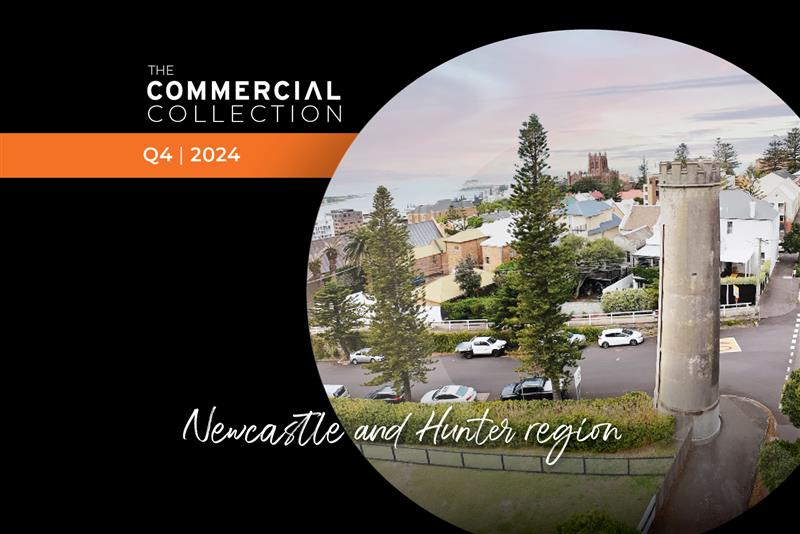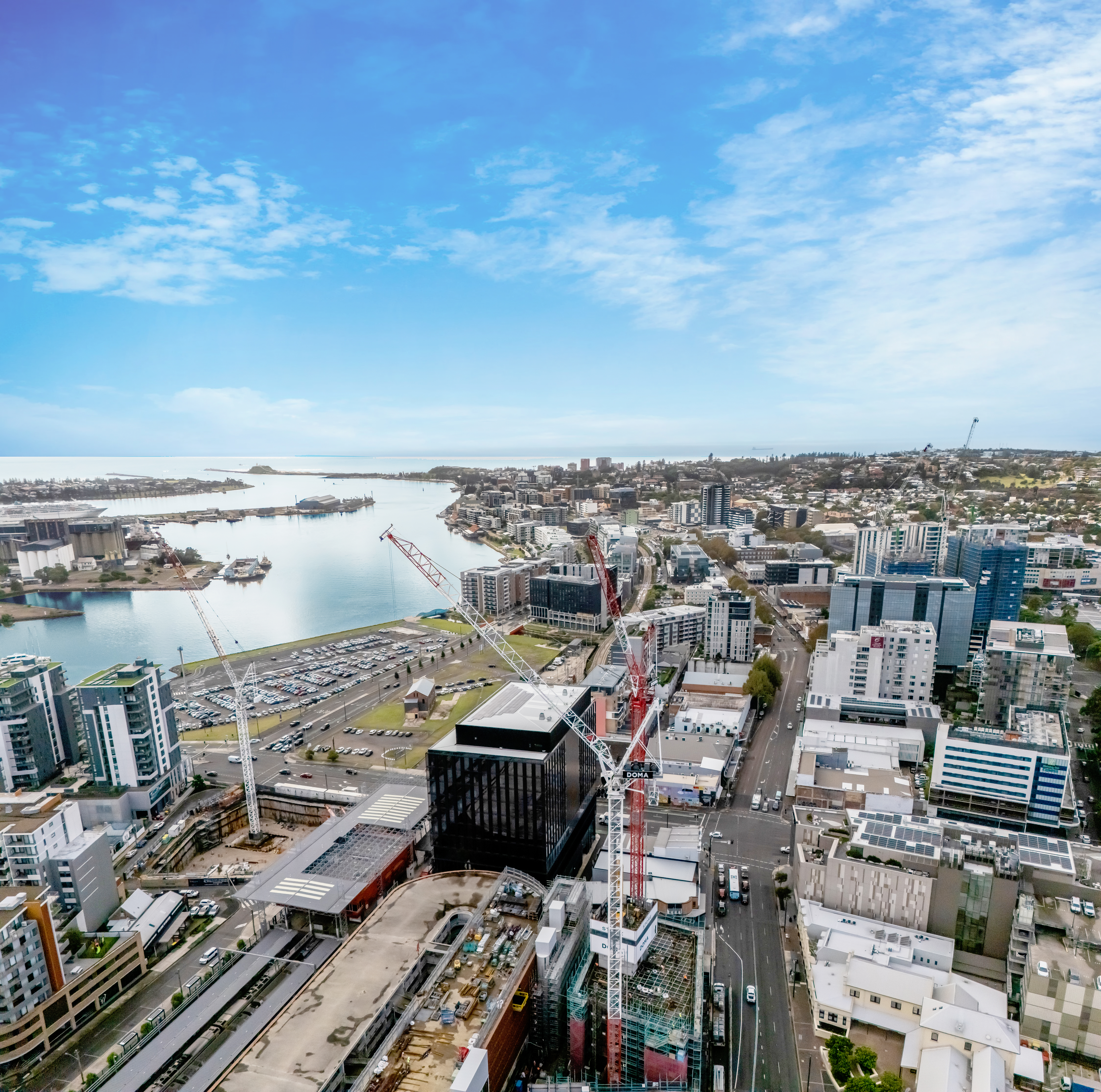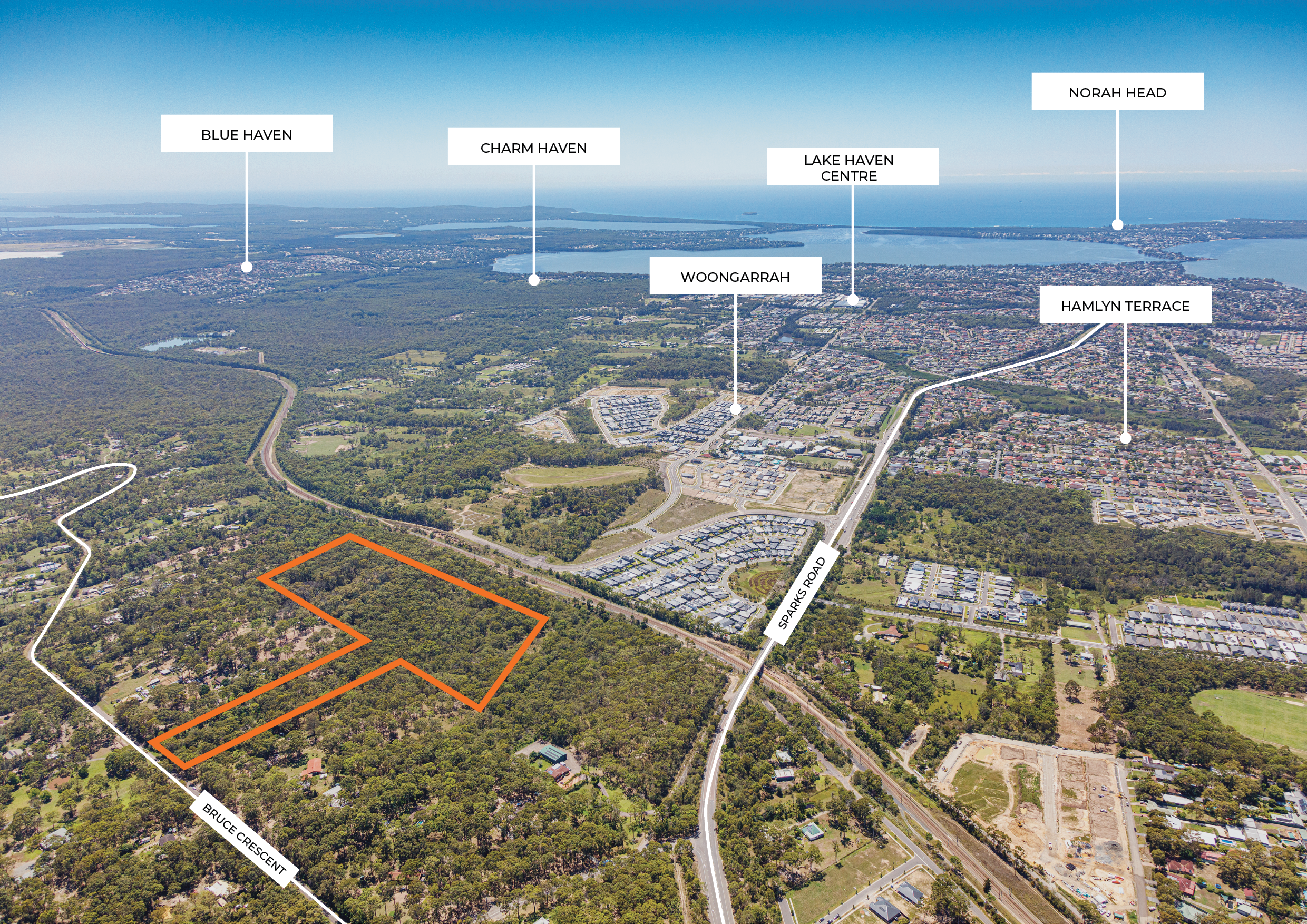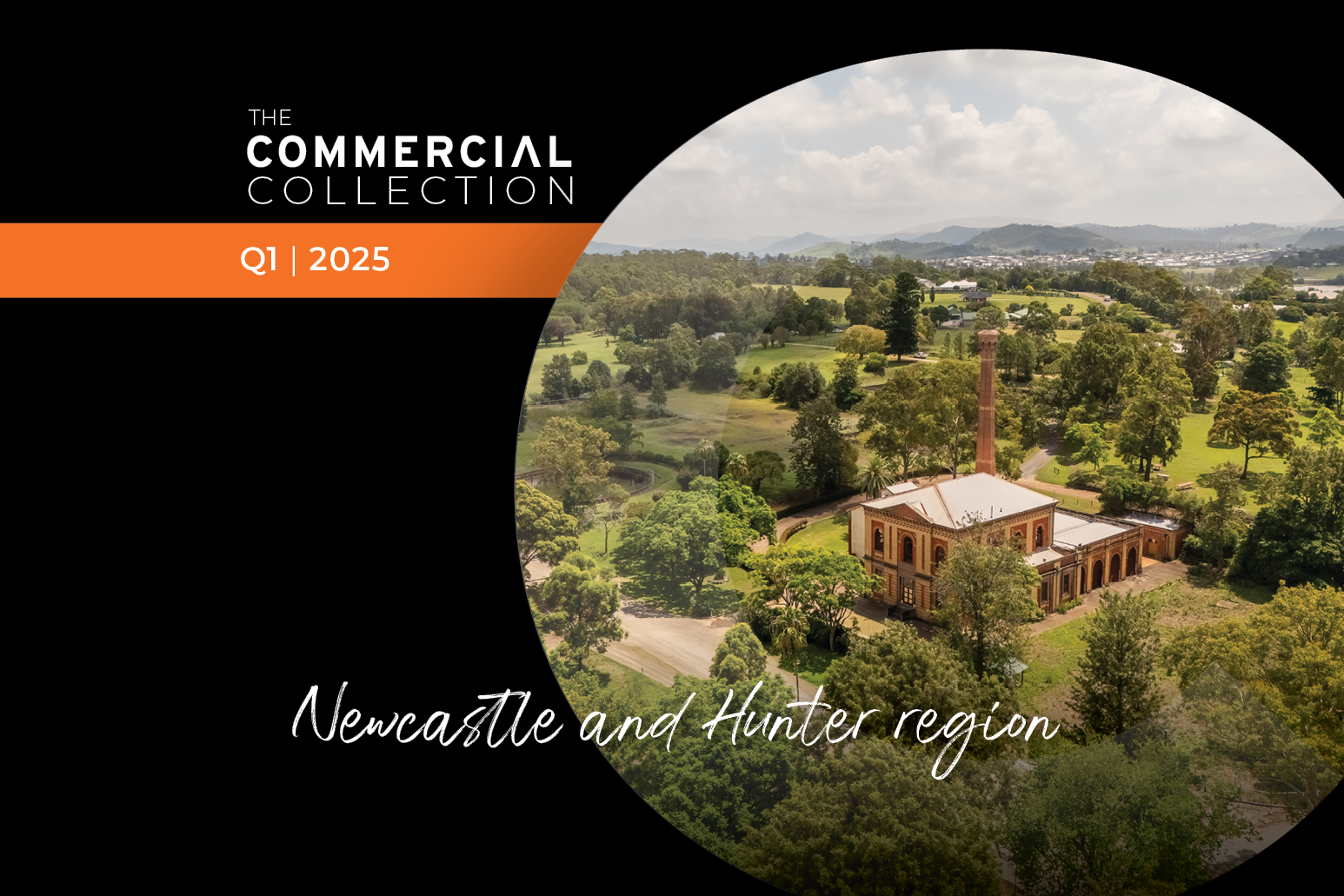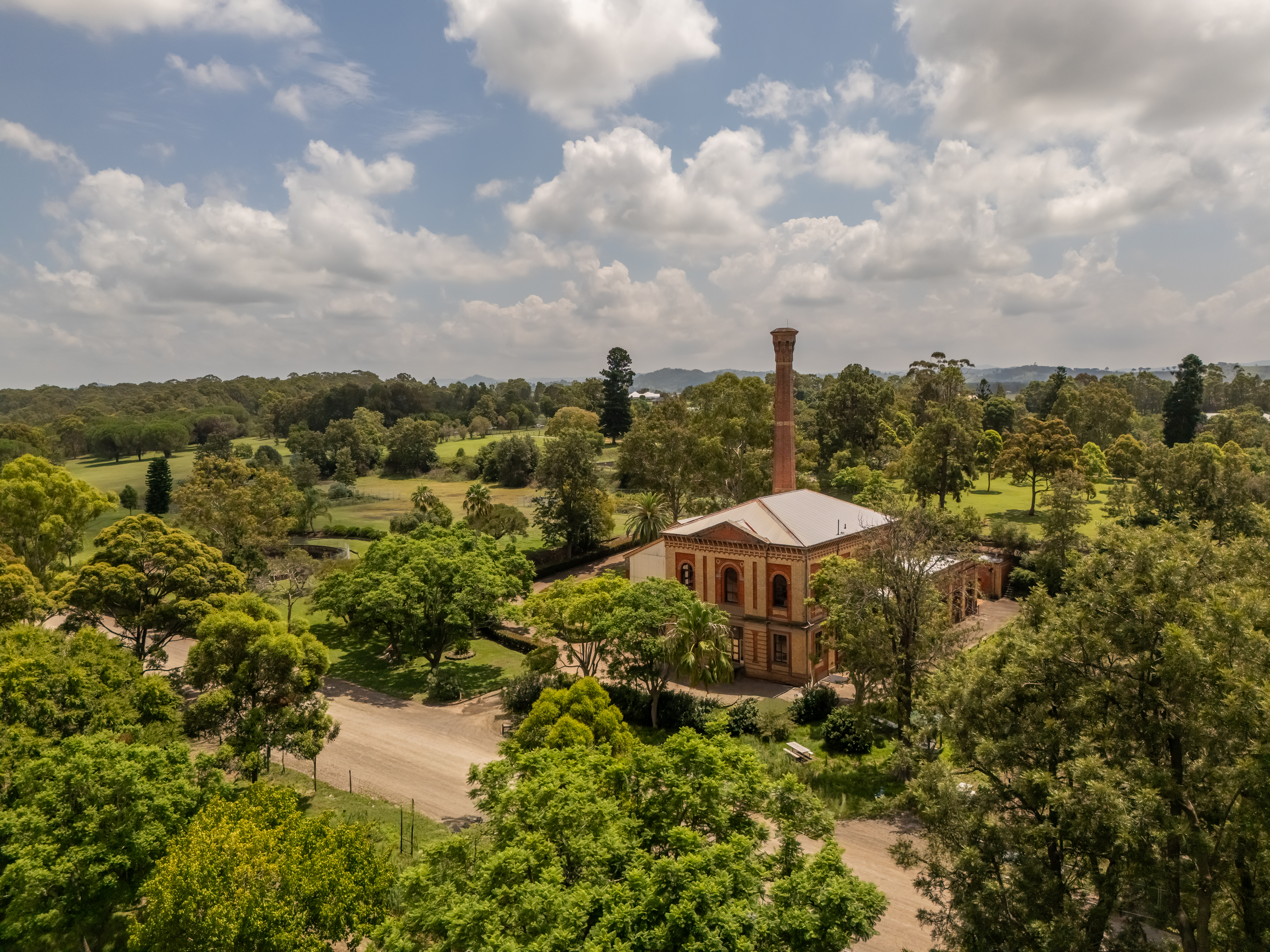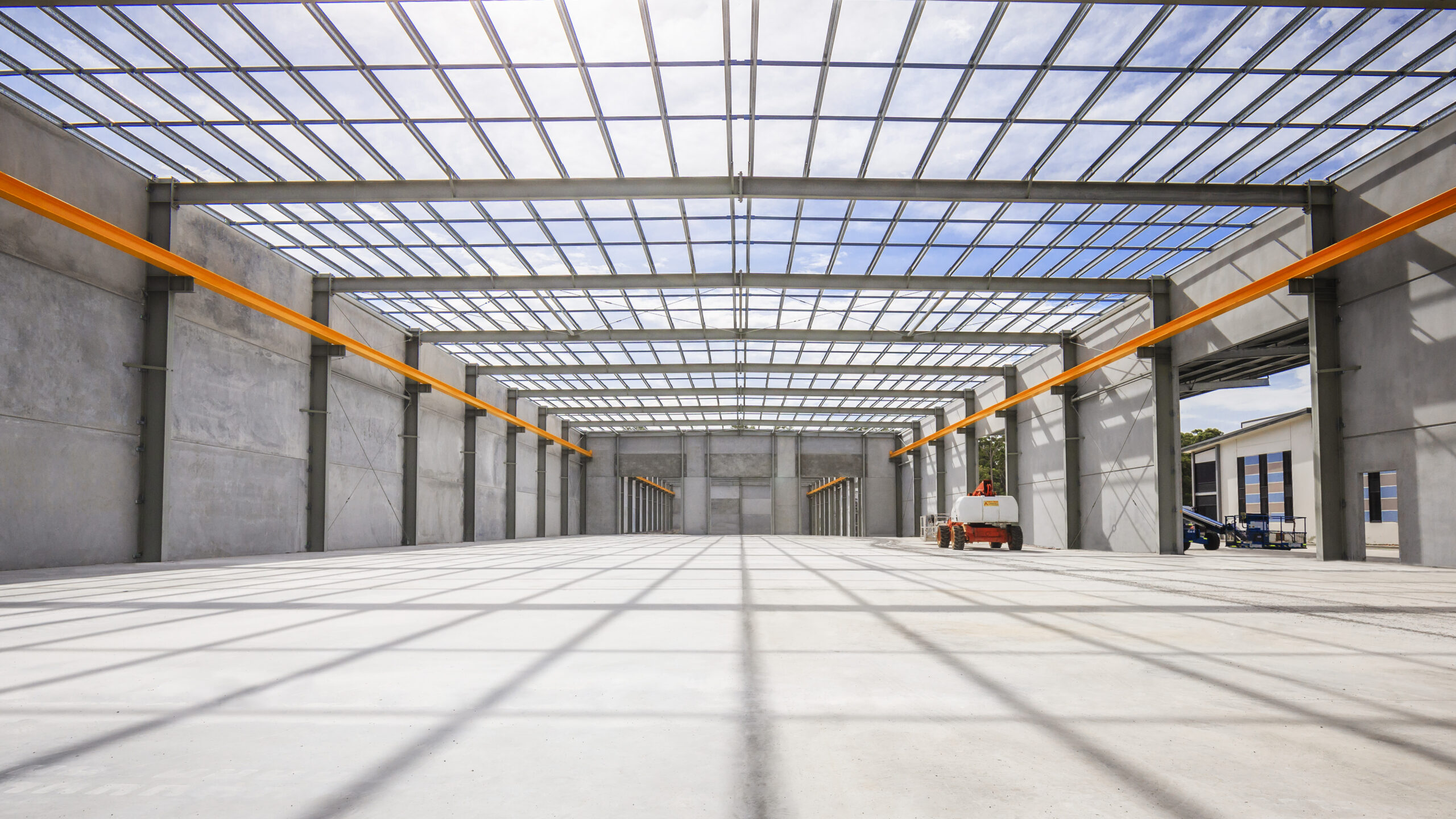
Newcastle industrial property market soars: land values surge up to 730% over the last 15 years
Industrial Insights Unlocked | Part One
Newcastle’s industrial property market has undergone a remarkable transformation over the past decade. Once a value-driven, locally focused sector, it has evolved into one of the most competitive and strategically important industrial markets in regional New South Wales. However, with surging land values, supply bottlenecks, and infrastructure constraints, the region now stands at a critical juncture—one that demands attention to retain local businesses and attract national operators.
Explosive growth in industrial land values
Between 2010 and 2020, Newcastle’s industrial land market experienced steady, sustainable growth. However, the last five years have seen a dramatic escalation in land values, driven by rising demand, constrained supply, and the rapid evolution of e-commerce, logistics, and advanced manufacturing.
The table below highlights the growth in land prices across two key industrial precincts in the Hunter region:
| Location | 2010 Land Price | 2020 Land Price | 2025 Land Price | Growth (2010–2025) |
| Rutherford | $70/sqm | $120/sqm | $400/sqm | 470% |
| Mayfield West | $120/sqm | $250/sqm | $1,000/sqm | 730% |
Other precincts such as Tomago, Beresfield, Cardiff, Thornton, Cameron Park, and Bennetts Green have followed similar trajectories. These increases reflect both a sharp tightening of available land and a “flight to quality” from businesses seeking modern, well-connected industrial assets.
The flight to quality and rising rents
This evolving market has triggered a significant shift in occupier behaviour. Industrial users are moving away from older, constrained facilities in city fringe areas like Carrington, Hamilton North, and Broadmeadow. These locations often lack the height, layout, and road access required for modern industrial operations.
Instead, businesses are relocating to purpose-built precincts in Tomago, Beresfield, Black Hill, and Rutherford. These areas offer proximity to arterial roads and new infrastructure, delivering better operational efficiency and long-term value. However, this shift comes at a premium, and the limited supply of land or buildings in these precincts makes it increasingly difficult for businesses to secure space.
Newcastle’s economic landscape in 2025
Newcastle’s industrial boom is underpinned by a broader economic resurgence. As of the 2023/24 financial year, the city’s Gross Regional Product (GRP) reached $22.71 billion—marking a 7.1% year-on-year increase. This growth reflects long-term expansion across key sectors including logistics, education, health, and professional services.
The city is also experiencing strong population growth. From June 2022 to June 2023, Newcastle recorded a 1.4% increase in population—the fastest growth rate in regional NSW outside the broader Hunter Valley. This demographic momentum supports both workforce availability and consumer demand, making Newcastle an increasingly attractive destination for industrial and commercial investment.
If you're looking to capitalise on Newcastle’s industrial boom? Whether you're an investor, developer or occupier, now is the time to explore opportunities in one of Australia’s fastest-growing markets. Get in touch to discuss how we can help you secure your next industrial asset.

